When he visited the Palazzo Pitti in Florence during the Interregnum, the Royalist traveller John Bargrave was angered to see a portrait of his enemy Oliver Cromwell, now England’s Lord Protector, ‘hanged up amongst the heroes’ in the Grand Duke of Tuscany’s gallery. ‘On occasion it is as easily taken down as it was hanged up,’ the Medici ruler assured him. The retrospective history of the English Civil War was full of such reversals: portraits displayed and removed, memorials installed and desecrated, political lineages publicised and then quietly swept under the carpet. Families loyal to one side or the other saw their fortunes waver as the Stuart monarchy fell to the Commonwealth and the Commonwealth in its turn fell to another monarchy in 1660. Depending on whom you asked (and when), the beheaded Charles I might be a tragic martyr or an overweening tyrant; Cromwell could be anything from a brave defender of the people’s freedom to a vicious regicide.
Commemorative objects bore physical evidence of the period’s contested history. The magnificent bronze equestrian statue of Charles I created by the French sculptor Hubert Le Sueur fell into Parliamentary hands during the war, when it was ordered to be taken down and sold for scrap. The shrewd purchaser marketed knife and fork handles allegedly made out of the statue’s metal to nostalgic former Cavaliers, while keeping the real statue intact and safely concealed. When Charles II was restored to the throne in 1660, he brought it out of hiding and sold it back to the monarchy for a vast sum.
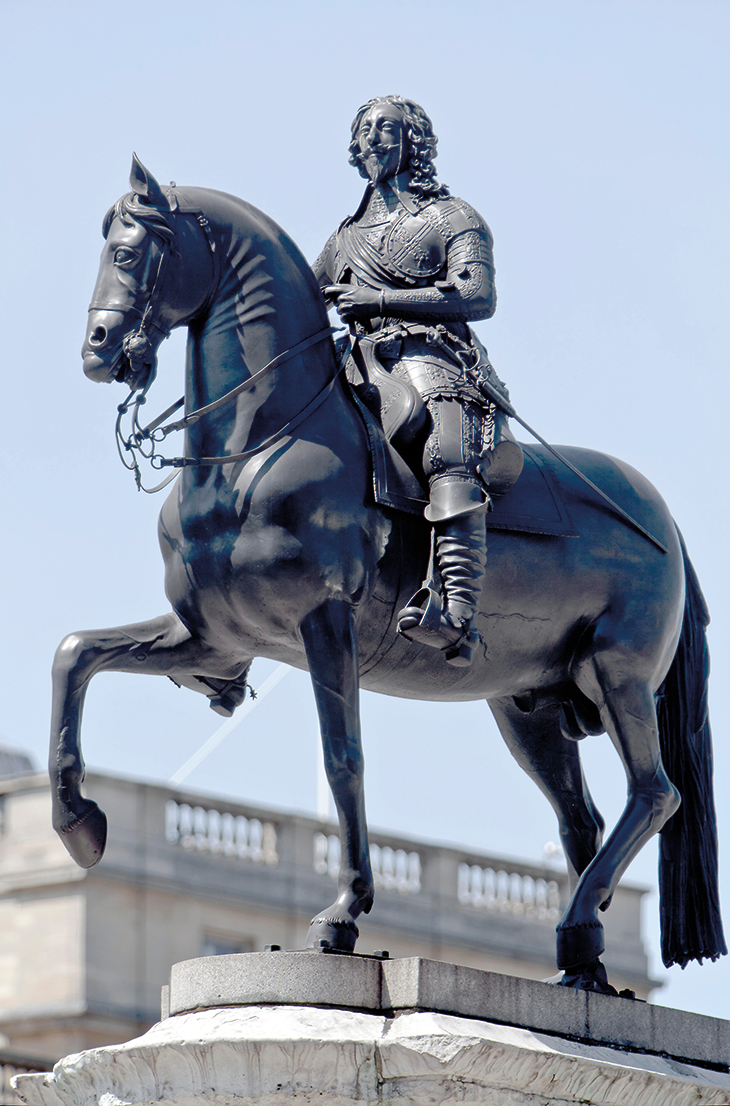
Equestrian statue of Charles I (1633), Hubert Le Sueur, erected at Charing Cross in 1675. Photo: Julian Nieman/Alamy Stock Photo
Stephen Bann’s history tracks visual evidence of the Civil War’s lingering presence from the Restoration to the end of the 19th century. His focus is both on what he calls ‘traces’ of the conflict – the visible marks and pointers of memorial inscriptions, monuments, vandalised tombs – and ‘scenes’, images produced in retrospect as part of an ongoing reinterpretation of the war’s meaning. His approach directs attention towards civic or popular forms: the facade of Worcester’s Guildhall, for instance, designed during the reign of Queen Anne to celebrate the town’s proud identification with her Stuart ancestors, and featuring a tiny grotesque representation of Cromwell – so Worcester tradition would have it – pinned by his ears to the keystone. It also involves noticing absences, traces of things that were once present but now are not. There is a story to the shattered glass fragments that make up the west window of Winchester Cathedral, smashed by iconoclastic Parliamentary troops; and likewise, also at Winchester, to the mutilated, noseless cherubs adorning the tomb of the 1st Earl of Portland, Charles I’s Lord Treasurer. It took until 1917 for a stern guidebook writer to debunk the belief that James II himself, in a fit of rage, was responsible for striking the nose off the effigy of the Parliamentary commander Sir William Waller in Bath Abbey.
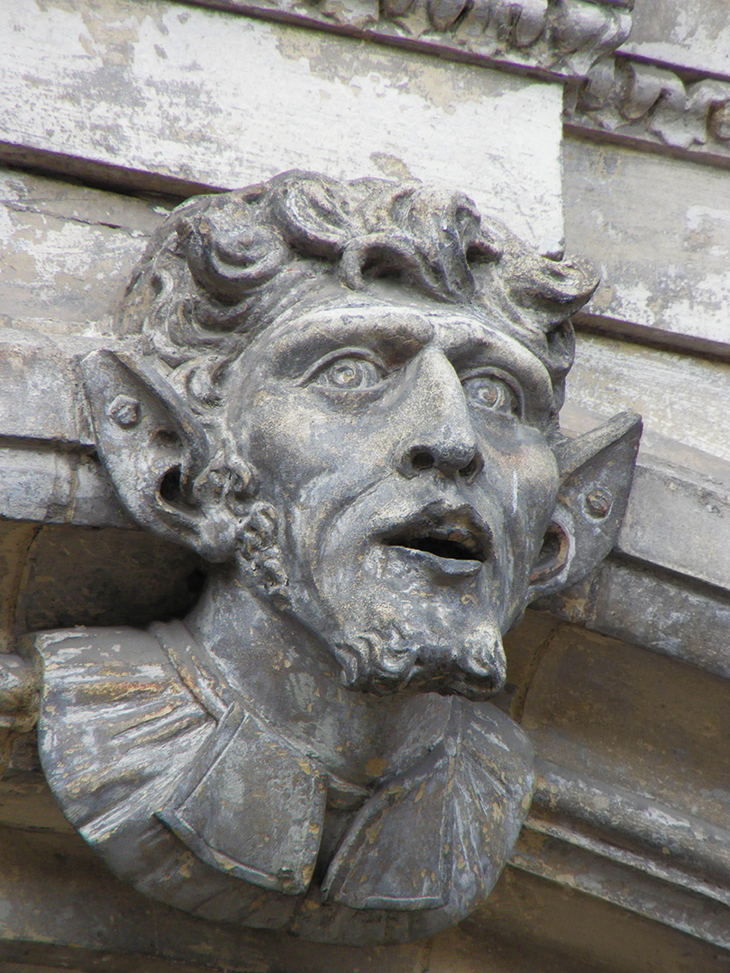
A grotesque face, said to represent Oliver Cromwell, on the facade of the early 18th-century Guidhall, Worcester. Photo: Chronicle/Alamy Stock Photo
Some visual responses to the war were bold political statements. The retired Cavalier Sir Peter Leicester had to wait until after the Restoration to begin building a long-planned private chapel on his Cheshire estate, as a space where he could enjoy the lavish aesthetics and church music banned by the Puritans. A limewood carving commissioned from Grinling Gibbons by James II and his wife in around 1685 included a delicate rendering of the text of a poem protesting against the regicide by the poet James Shirley, which could be published only after Cromwell’s death in 1658. Some decades later, in the early 18th century, the gardens of New College in Oxford were still proudly displaying the arms of Charles I in the form of an intricate parterre, demonstrating retrospective loyalty to the Stuart family during the dangerous years of the Jacobite uprisings.
Bann’s readings of the affective power of memorials to the Civil War dead and their relatives have a tendency to lose their force by straying too far into the byways of family history. But the latter half of the book, focussing on reconstructed ‘scenes’ of the war as imagined by 19th-century history painters, offers a fascinating account of the growth of interiority in the depiction of Charles and Cromwell. The period appealed to Victorian painters in the first instance because of the technical opportunities it offered. ‘There is variety of colour, stuffs, Leathers, armour, Beards, strong Horses, and other good matters,’ as the artist James Ward wrote appreciatively in 1824. But it also appealed because of its dramatic potential, as the backdrop to the clash of two great opposing personalities. Cromwell in particular became a major beneficiary of the 19th century’s sympathetic imagination. Bann persuasively traces the influence of the French painter Paul Delaroche’s Cromwell and Charles I (1831) on subsequent representations of the Lord Protector, arguing that Delaroche’s depiction of Cromwell’s inscrutable stare as he gazes into his enemy’s coffin endued him with the intensity and introspection we see in Augustus Egg’s The Night Before Naseby (1859), or Hamo Thornycroft’s bronze statue of 1899 with its absorbed, downcast gaze.
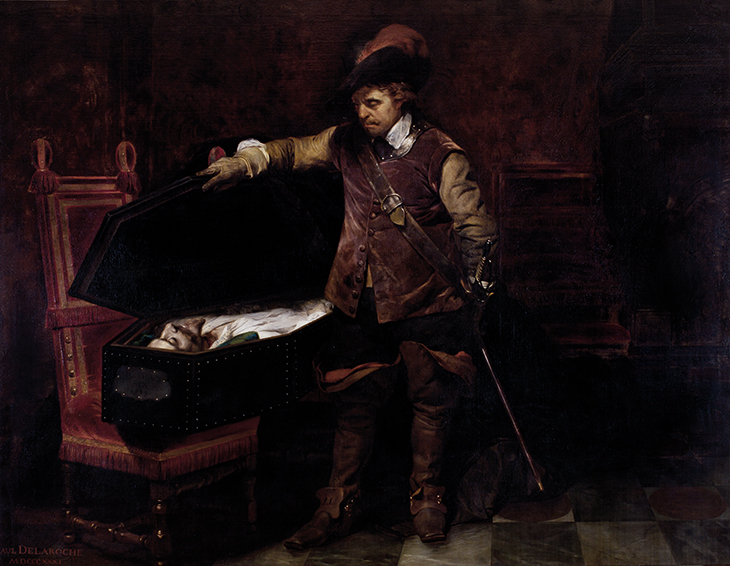
Cromwell and Charles I (1831), Paul Delaroche. Photo: Florent Gardin/Musée des Beaux-Arts, Nîmes
In his final chapter Bann discusses the most self-conscious of the 19th-century representations, the so-called ‘problem pictures’, compositions that leave narrative gaps and test viewers’ familiarity with the historical facts. There is Ford Madox Brown’s Cromwell on his Farm at St Ives, 1630 (1873–74), which takes a deliberately eccentric look at the part of Cromwell’s biography about which least is known; and, most famously, William Frederick Yeames’s And Where Did You Last See Your Father? (1878), which ‘plants the viewer in the midst of an inquisition’, as Bann writes, in the disorientating in medias res moment suggested by the ‘And’ of the title. Such sophisticated and offbeat treatments, the chapter argues, were a product of the confidence of English history painters by the mid 19th century that there was no longer anything at stake politically in their representations. In the right light Cromwell could be ‘marvellously commonplace’, as Heinrich Heine once suggested: standing over the dead king, ‘beholding his work almost like a woodman who has just felled an oak’.
Scenes and Traces of the English Civil War by Stephen Bann is published by Reaktion Books.
From the September 2020 issue of Apollo. Preview and subscribe here.
Unlimited access from just $16 every 3 months
Subscribe to get unlimited and exclusive access to the top art stories, interviews and exhibition reviews.

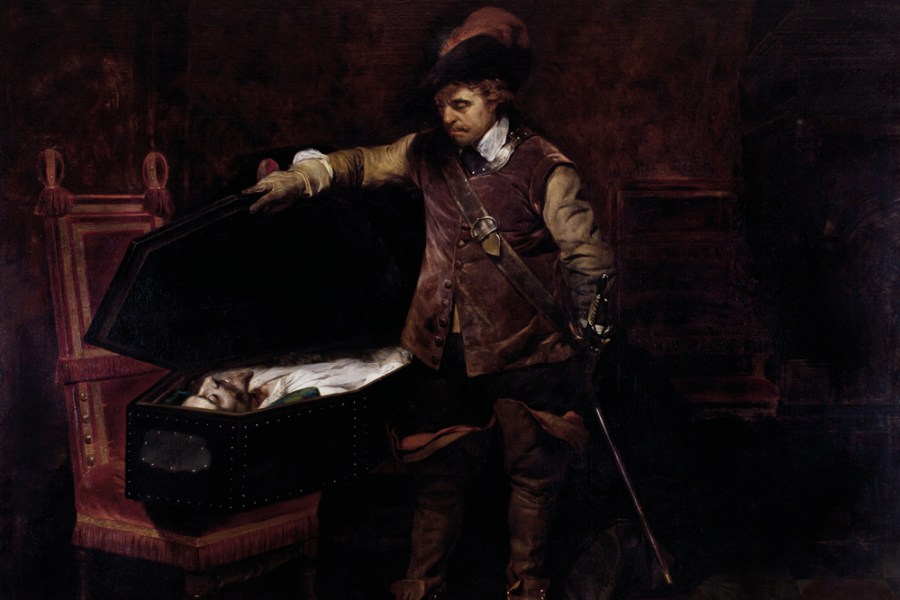
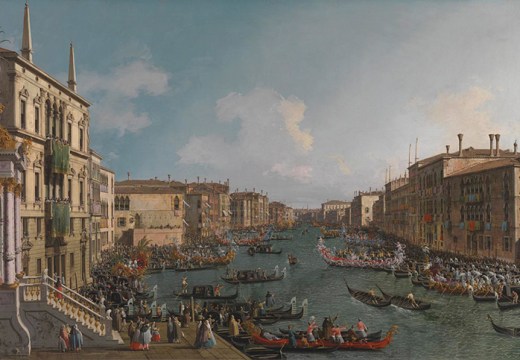
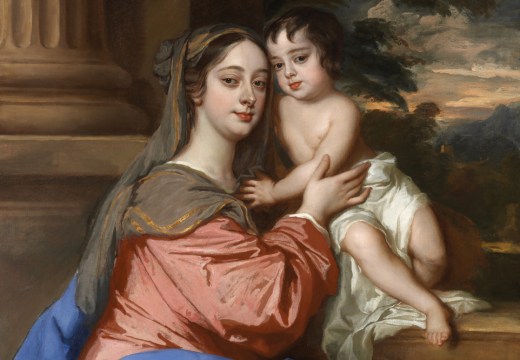
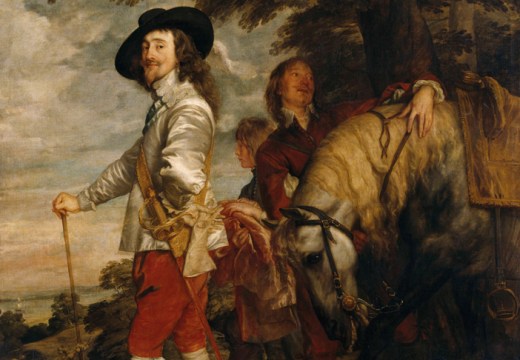









![Masterpiece [Re]discovery 2022. Photo: Ben Fisher Photography, courtesy of Masterpiece London](http://www.apollo-magazine.com/wp-content/uploads/2022/07/MPL2022_4263.jpg)
Master of art – the towering legacy of David Sylvester